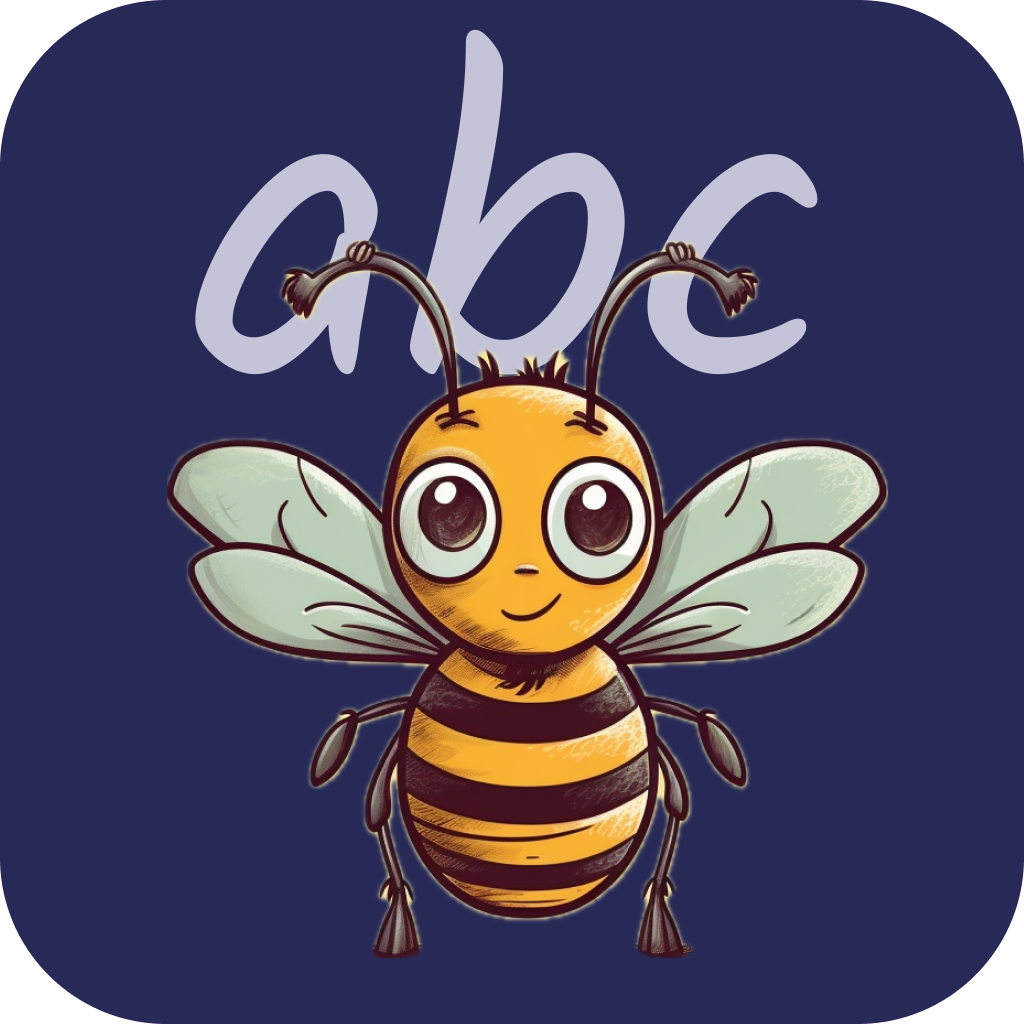Five Finger Strategy for Spelling helps students break down words, recognise patterns, and reinforce correct spelling through a structured approach. This method is especially useful for young learners, ESL students, and anyone looking to improve their spelling skills.
What is the Five Finger Strategy for Spelling?
The Five Finger Strategy is a step-by-step approach that encourages learners to engage multiple senses while spelling words. Each “finger” represents a key step in the process:
1️⃣ Say It – Pronounce the word clearly.
2️⃣ Stretch It – Break the word into sounds or syllables.
3️⃣ Write It – Spell the word on paper or a digital device.
4️⃣ Check It – Review and correct mistakes.
5️⃣ Use It – Apply the word in writing or conversation.
By following these steps, learners can develop stronger spelling skills and improve retention over time.
Step-by-Step Breakdown of the Five Finger Strategy
1. Say It (Hear the Word Clearly)
🔹 The first step in spelling a word correctly is pronunciation.
🔹 Say the word out loud slowly and clearly to focus on the sounds.
🔹 Example: If the word is “elephant”, say it as “el-e-phant” to hear the syllables.
👉 Tip: Encourage learners to repeat the word multiple times to reinforce the correct pronunciation.
2. Stretch It (Break It Down)
🔹 This step involves segmenting the word into smaller parts.
🔹 Break the word into syllables or letter sounds (phonemes).
🔹 Example: “butterfly” → “but-ter-fly”
👉 Tip: Use clapping or tapping to help learners hear and count syllables.
3. Write It (Spell It Out)
🔹 Now, the learner writes the word based on the breakdown from Step 2.
🔹 Encourage writing in different ways:
• On paper or a whiteboard
• Using letter tiles or apps
• Tracing with finger in the air or sand
👉 Tip: Writing the word multiple times helps reinforce correct spelling.
4. Check It (Correct Mistakes)
🔹 Review the spelling carefully to spot any mistakes.
🔹 Compare with a dictionary, flashcard, or spelling list.
🔹 If incorrect, repeat Steps 1-3 to reinforce learning.
👉 Tip: Highlight tricky letters or patterns in different colors to remember them better.
5. Use It (Apply in Context)
🔹 To make spelling stick, learners must use the word in real-life situations.
🔹 Encourage students to:
• Write a sentence using the word.
• Say the word aloud in a conversation.
• Use it in a spelling game or challenge.
👉 Example: If the word is “adventure”, they can write:
• “We went on an exciting adventure to the mountains.”
Why Does the Five Finger Strategy Work?
✔ Engages multiple senses (listening, speaking, writing, visual recognition).
✔ Breaks spelling into simple steps, making it easier to learn.
✔ Encourages self-correction, reinforcing proper spelling habits.
✔ Boosts confidence in learners by providing a structured approach.
✔ Works for all ages, from early learners to older students improving vocabulary.
How to Use This Strategy in the Classroom or at Home
📌 For Teachers:
• Use this strategy during spelling lessons.
• Encourage students to work in pairs or small groups for peer checking.
• Include spelling games that reinforce each step.
📌 For Parents:
• Practice spelling during homework or reading time.
• Make it fun with spelling apps, puzzles, or flashcards.
• Use everyday situations (shopping lists, road signs) to reinforce spelling.
Conclusion
The Five Finger Strategy is a simple yet powerful way to teach spelling effectively. By breaking words into manageable steps, learners develop stronger spelling skills, improve recall, and gain confidence in writing. Whether you’re a teacher, parent, or student, incorporating this strategy into daily practice can make spelling easier and more enjoyable.
✨ Try it today and watch spelling skills improve! 🐝

